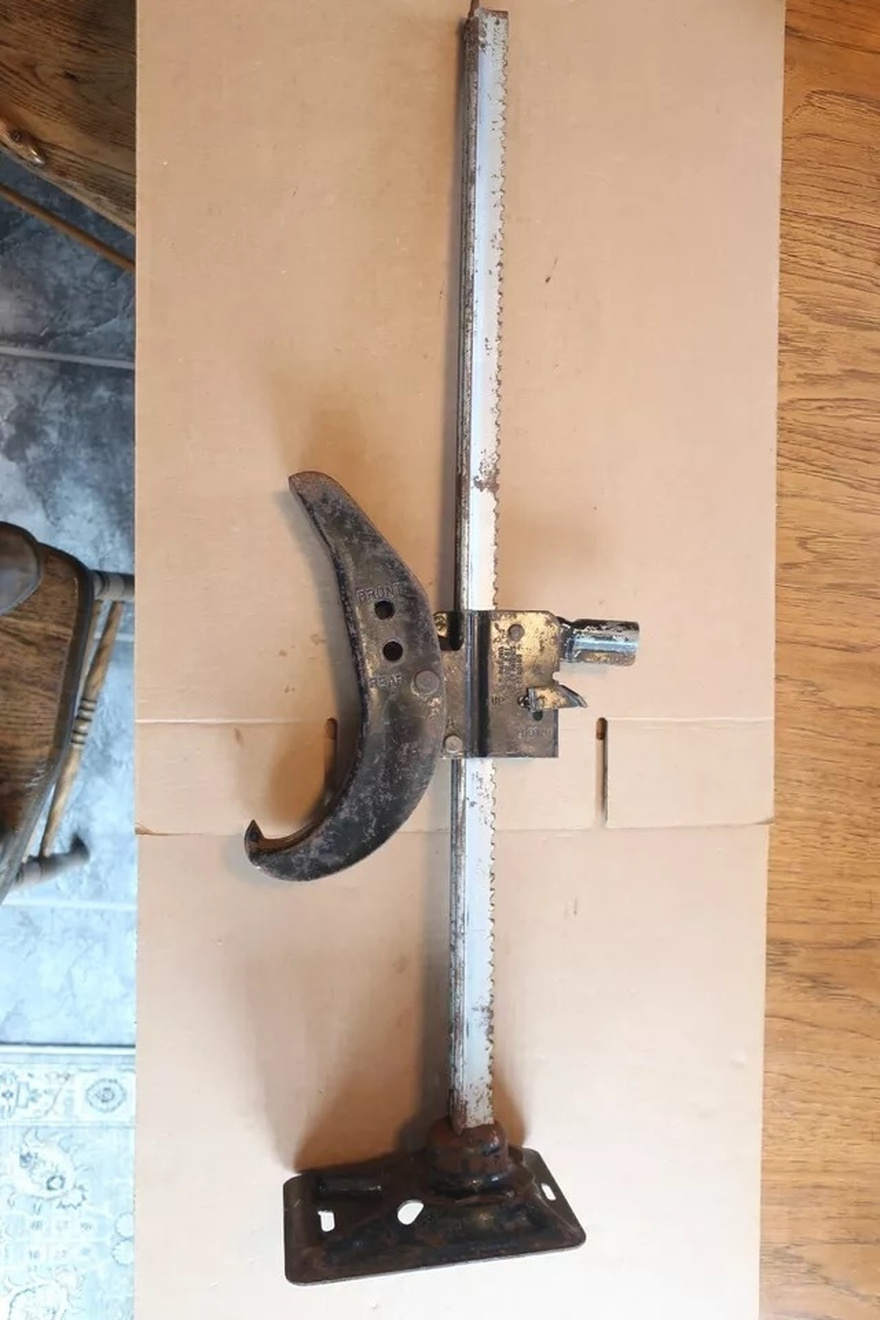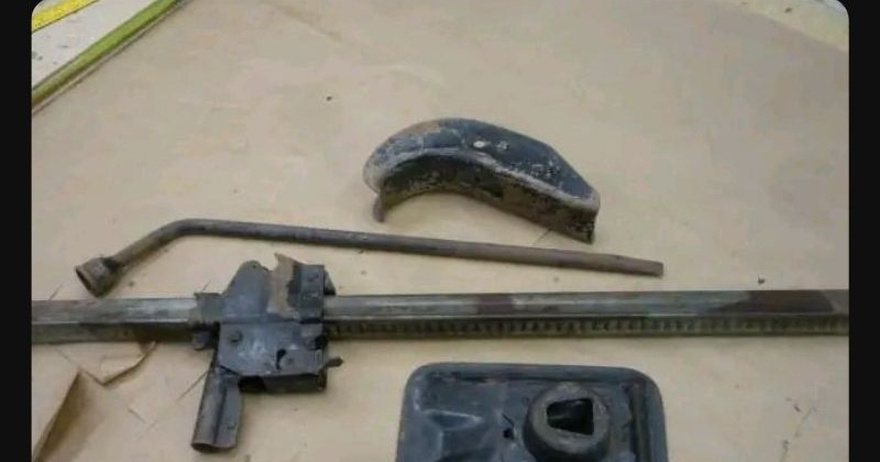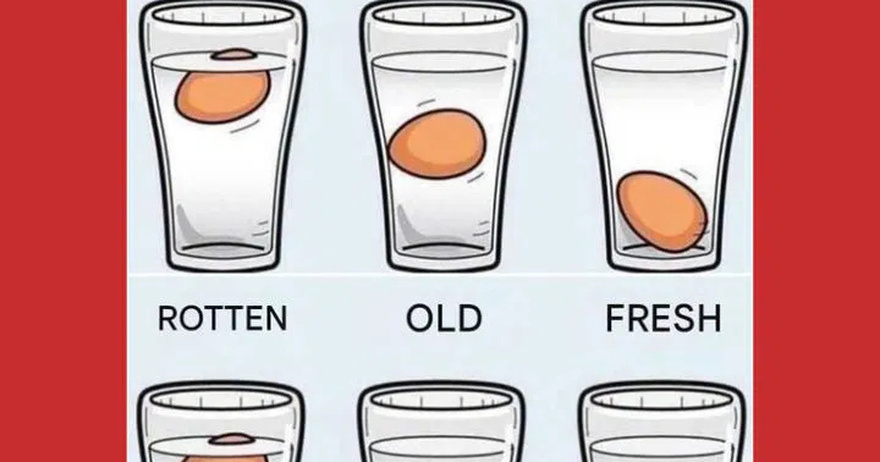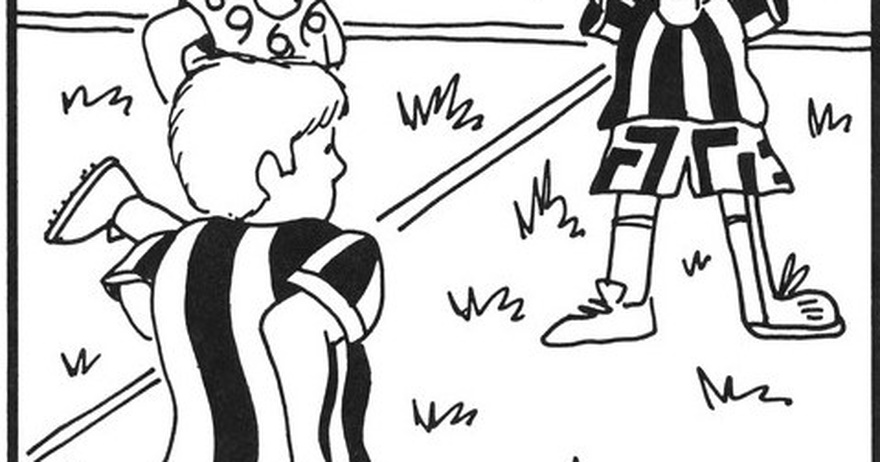Ever popped open the trunk of a classic car and spotted a strange, steel contraption tucked inside? If you’re well-versed in the tools of yesteryear, you might recognize it instantly—a vintage bumper jack. At first glance, it might just look like an odd hunk of metal. But dig a little deeper, and you’ll uncover a legacy of hands-on ingenuity, automotive independence, and the kind of craftsmanship that shaped generations.
Let’s take a nostalgic journey through the life and legacy of the bumper jack—once a roadside hero, now a collector’s treasure.
Back When Manual Tools Ruled the Open Road
Long before today’s hydraulic jacks, electric lifts, and roadside apps, car owners relied on their own grit—and a bumper jack. Made from solid steel and designed with a ratcheting mechanism, this tool allowed drivers to lift their vehicles by the bumper to perform quick fixes like tire changes or undercarriage inspections.
These jacks were common in cars built from the 1940s through the ’70s. With rugged terrain, unpredictable weather, and less reliable roads, having one of these on hand wasn’t optional—it was essential. They offered peace of mind during long road trips and were as crucial to car ownership as a spare tire.
Video: Watch the video of a 53-year-old jack lifting a classic car by its bumper!
Built Tough: The Engineering Brilliance Behind the Bumper Jack
So, what made this simple tool so reliable?
At its core, the bumper jack featured a tall, toothed steel post with a lifting arm that latched onto the metal bumper. Using a crank handle, the user could raise or lower the car manually, relying on the mechanical precision of its ratchet system. The base plate added stability, even on dirt or gravel, while the clicking sound reassured users that the gears were engaging correctly.
There was no need for electricity. No battery. No fuss. Just steel, sweat, and mechanical magic. Every twist of the handle echoed the kind of confidence that came from knowing you could fix your own car—wherever you were.
Family Garages and First Lessons in Self-Reliance

Many people’s first brush with the bumper jack came not from roadside breakdowns, but from watching a parent or grandparent at work. Picture this: a dusty garage, the scent of grease in the air, and a father teaching his child how to jack up the car with care and precision.
These tools weren’t just practical—they were part of family tradition. They helped teach problem-solving, patience, and a deep respect for doing things yourself. For many, the bumper jack wasn’t just a tool. It was a rite of passage.
The Bumper Jack and the Spirit of the Roadside Fix

Before cell phones and roadside assistance apps, getting a flat tire in the middle of nowhere meant solving the problem yourself—or hoping someone kind would stop to help. And often, the savior didn’t show up with a fancy toolbox. He showed up with a simple bumper jack and the willingness to lend a hand.
Countless stories still echo from that era—strangers helping strangers, all centered around this modest tool. The jack became more than a piece of equipment. It became a symbol of trust, resilience, and community.
Craftsmanship That Outlasted Generations
One of the reasons bumper jacks are still admired today is their build quality. These weren’t mass-produced throwaways. They were made with precision and meant to last. Mechanics often kept their jacks for decades—some even passed them down to their kids.
Maintaining one meant cleaning off the grease, oiling the moving parts, and treating it like any other treasured tool. Many vintage jacks still work today, even after 50 or 60 years of use. In a world full of planned obsolescence, they’re a rare reminder of when products were built to endure.
A Tool That Taught a Generation to Get Their Hands Dirty
Beyond the garage, the bumper jack played a starring role in technical schools and auto shops across the country. Learning how to safely jack up a car was one of the first things young mechanics were taught. It built confidence, mechanical understanding, and an appreciation for doing things the right way—not the easy way.
For many, those early lessons sparked a lifelong passion for cars, engineering, and craftsmanship. The bumper jack was their introduction to a world where hands-on work and know-how ruled.
Modern Tools Took Over, But the Legacy Lives On
Video: Watch the video to see the lift stand in action – a great idea for lifting a car!
Eventually, bumper jacks faded from everyday use. Cars evolved. Bumpers changed. Hydraulic and scissor jacks became the new standard. They were easier, faster, and more compact.
But even as technology marched forward, the story of the bumper jack didn’t end. Today, vintage collectors and classic car restorers still seek them out. Some even refurbish old jacks to keep as working heirlooms or display pieces—symbols of a time when simplicity and strength were all you needed to get back on the road.
Why This Vintage Icon Still Matters Today
In many ways, the bumper jack represents something we’ve lost in our age of convenience—a mindset that valued fixing, not replacing. A culture that embraced durability over disposability. And a time when people took pride in their ability to do things themselves.
Yes, modern tools are great. But there’s something deeply satisfying about solving a problem with nothing more than steel and smarts.
Conclusion: A Quiet Hero From the Golden Age of Cars

So, do you remember this beloved piece? The vintage bumper jack might look like a forgotten relic, but it holds a story that still resonates. It’s a story of innovation, community, and the kind of self-reliance that built generations of doers.
Its design may be simple, but its impact was huge—saving tires, lifting heavy steel, and empowering people one crank at a time. And in an age of flashy gadgets and digital everything, maybe it’s time we paid a little more attention to tools like this.
After all, they remind us of where we came from—and the power of doing things with our own two hands.
Women’s Disc Golfer Storms Off Field After Refusing To Compete Against Trans Rival.
Depressed People Use These 7 Words More Often
Just one spoon and you’ll run to the bathroom and release all the poop stuck in your body.
Devastated Dad Speaks Out After Infant Daughter Killed by Family Dog – ‘I’d Give My Life to Bring My Baby Back’





























